Home>Articles>How To Tell If Washer Suspension Springs Are Bad
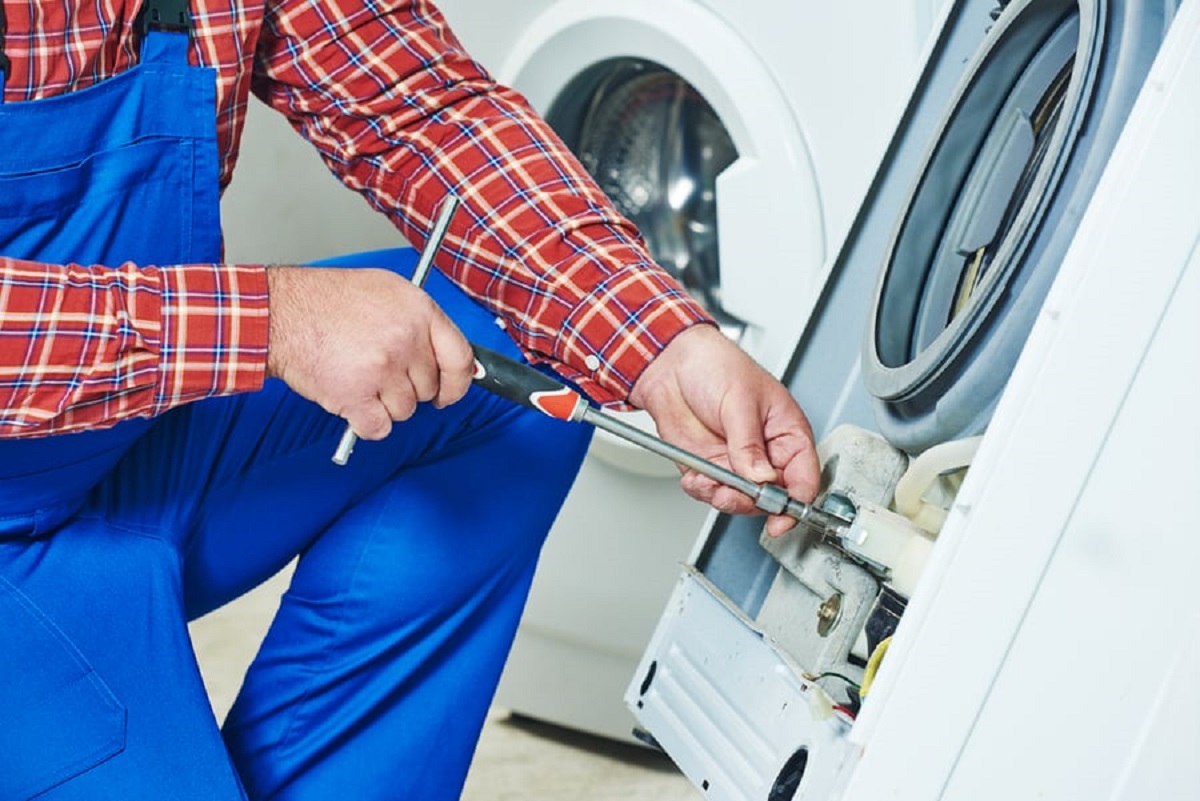

Articles
How To Tell If Washer Suspension Springs Are Bad
Modified: May 6, 2024
Learn how to determine if your washer suspension springs are worn out and need to be replaced. Read our informative articles on washer maintenance and troubleshooting.
(Many of the links in this article redirect to a specific reviewed product. Your purchase of these products through affiliate links helps to generate commission for Storables.com, at no extra cost. Learn more)
Introduction
Welcome to this comprehensive guide on how to tell if your washer suspension springs are bad. A washing machine is an essential appliance in any household, and its smooth operation is crucial for efficient and effective laundry care. The suspension springs play a vital role in maintaining balance and stability during the spin cycle, preventing excessive vibrations that can damage the machine or cause it to move around excessively.
In this article, we will delve into what washer suspension springs are, discuss the signs that indicate they are faulty or worn out, and provide you with step-by-step instructions on how to check and replace them if necessary. By understanding these key aspects, you can ensure the optimal functioning of your washing machine and avoid potential issues down the line.
So, let’s get started and learn more about washer suspension springs and how to identify if they are in need of attention!
Key Takeaways:
- Regularly inspect your washer’s suspension springs for signs of wear, damage, or loss of tension to maintain efficient and smooth operation, preventing potential issues from worsening.
- If you notice excessive vibration, uneven load distribution, loud banging noises, or excessive movement, it’s likely that the suspension springs need attention. Follow the step-by-step instructions to check and replace them, or seek professional assistance for peace of mind.
Read more: How To Tell If Insulation Is Bad
What are washer suspension springs?
Washer suspension springs are an essential component of a washing machine’s suspension system. They are specially designed to absorb and dampen the vibrations generated during the spin cycle. The springs work in conjunction with other suspension parts, such as shock absorbers and dampers, to ensure that the washing machine remains stable and balanced.
Typically, a washing machine has four suspension springs, positioned at the corners of the tub assembly. These springs are responsible for supporting the weight of the tub and garments inside, while also providing flexibility to absorb any impact or movement during the spinning process. They help to reduce noise, prevent excessive shaking, and minimize wear and tear on the machine’s internal components.
In most washers, the suspension springs are made of durable and flexible steel. They are designed to withstand the constant tension, compression, and bending forces applied to them during the machine’s operation. However, over time, these springs can become worn out, stretched, or damaged due to various factors such as frequent use, overloading the washer, or sudden jolts or impacts.
It is important to note that not all washing machines have suspension springs. Some models utilize alternative suspension systems, such as tension rods or adjustable legs. However, if your washer does have suspension springs, it is crucial to monitor their condition regularly to ensure optimal performance and longevity of your appliance.
Now that we understand what washer suspension springs are and their role in the washing machine, let’s move on to the next section where we will discuss the signs that indicate these springs may be bad or worn out.
Signs of bad washer suspension springs
Identifying the signs of bad washer suspension springs is crucial to maintain the smooth operation of your washing machine. Here are some common indicators that your suspension springs may be worn out or in need of attention:
- Excessive vibration: If you notice that your washing machine is vibrating more than usual during the spin cycle, it could be a sign of faulty suspension springs. The springs help absorb the vibrations, so if they are worn out or damaged, the machine may shake excessively.
- Uneven load distribution: When the suspension springs are working properly, they help distribute the weight of the load evenly, ensuring that the drum remains balanced. If you find that your washing machine is constantly leaning to one side or the drum is not level, it may indicate a problem with the suspension springs.
- Loud banging noises: Faulty suspension springs can cause the tub to hit against the sides of the machine, resulting in loud banging or thumping noises during the spin cycle. This is a clear indication that the springs are unable to provide proper support and stability.
- Excessive movement: If your washing machine starts moving around or “walking” across the floor during operation, it is likely due to weak or broken suspension springs. The springs help anchor the tub assembly in place, so any excessive movement indicates a problem.
- Leaking or damage: Inspect the suspension springs visually for any signs of damage, such as cracks, breaks, or excessive corrosion. Additionally, if you notice water leaking from under the washing machine, it could be a result of the tub bouncing excessively due to worn-out springs.
If you observe any of these signs, it is recommended to inspect and potentially replace the suspension springs to prevent further damage to your washing machine. In the next section, we will provide you with step-by-step instructions on how to check and replace the bad suspension springs yourself.
Check for excessive shaking or banging during the spin cycle, uneven loads, or the washer sitting unevenly. These are signs that the suspension springs may be worn or damaged.
Steps to check and replace bad washer suspension springs
If you suspect that the suspension springs in your washing machine are faulty or worn out, here are the steps you can follow to check and replace them:
- Unplug the washing machine: Before starting any maintenance or repair work, ensure that your washing machine is completely disconnected from the power source to avoid any accidents.
- Access the suspension springs: Depending on the make and model of your washing machine, you may need to remove the top or rear panel to gain access to the suspension springs. Refer to the manufacturer’s instructions or user manual for specific guidance.
- Inspect the springs: Examine each suspension spring carefully for any signs of damage or wear. Look for cracks, breaks, or stretching that may compromise their ability to provide proper support.
- Check the tension: Gently push down on each suspension spring and release it. It should retract back to its original position with sufficient tension. If it feels loose or does not bounce back, it is likely worn out and needs to be replaced.
- Remove the old springs: If you determine that one or more suspension springs are indeed faulty, use pliers or a wrench to carefully disconnect them from their attachment points on the washing machine’s frame and tub assembly. Take note of the specific arrangement or orientation of the springs for proper installation later.
- Install the new springs: Obtain the appropriate replacement suspension springs from a reliable source or the washing machine manufacturer. Attach the new springs in the same position and orientation as the old ones, securing them firmly to the frame and tub assembly.
- Reassemble the washing machine: Put back the removed panels or covers, ensuring a secure fit. Double-check all connections and fastenings to guarantee proper reassembly.
- Test the washing machine: Plug in the washing machine and run a short test cycle to ensure that the new suspension springs are functioning correctly. Listen for any unusual noises and monitor the machine’s stability and vibration levels.
If you are unsure about performing the inspection and replacement yourself, it is advisable to seek the assistance of a professional appliance repair technician. They have the expertise and tools to handle the job safely and efficiently.
By following these steps, you can identify and address any issues with your washer’s suspension springs, ensuring that your machine remains balanced, stable, and in optimal working condition.
Conclusion
Understanding the signs of bad washer suspension springs is essential for maintaining the efficient and smooth operation of your washing machine. By being aware of the indicators discussed in this article, you can identify potential issues before they worsen and take the necessary steps to address them.
Regularly inspecting your washer’s suspension springs for any signs of wear, damage, or loss of tension is crucial. If you notice excessive vibration, uneven load distribution, loud banging noises, excessive movement, or any other abnormalities, it is likely that the suspension springs are in need of attention.
If you are confident in your abilities, you can follow the step-by-step instructions provided in this article to check and replace the bad suspension springs yourself. However, if you are unsure or uncomfortable with performing the maintenance, it is always best to seek the assistance of a professional appliance repair technician.
Remember, a well-functioning suspension system, including the springs, is vital for the stability, balance, and longevity of your washing machine. By proactively addressing any issues with the suspension springs, you can ensure that your appliance continues to operate efficiently and effectively, providing you with clean clothes and peace of mind.
Thank you for reading this comprehensive guide on how to tell if your washer suspension springs are bad. We hope that it has provided you with valuable insights and practical knowledge to keep your washing machine in top-notch condition.
Happy laundry days!
Now that you've got a handle on spotting trouble with washer suspension springs, why not keep your appliances in tip-top shape? Dive into our next piece on washer maintenance, where you'll learn effective strategies for cleaning your washer and dryer. Maintaining these essential household helpers not only extends their lifespan but also ensures they run more efficiently. Don't miss out on simple yet powerful tips to keep your laundry day running smoothly!
Frequently Asked Questions about How To Tell If Washer Suspension Springs Are Bad
Was this page helpful?
At Storables.com, we guarantee accurate and reliable information. Our content, validated by Expert Board Contributors, is crafted following stringent Editorial Policies. We're committed to providing you with well-researched, expert-backed insights for all your informational needs.
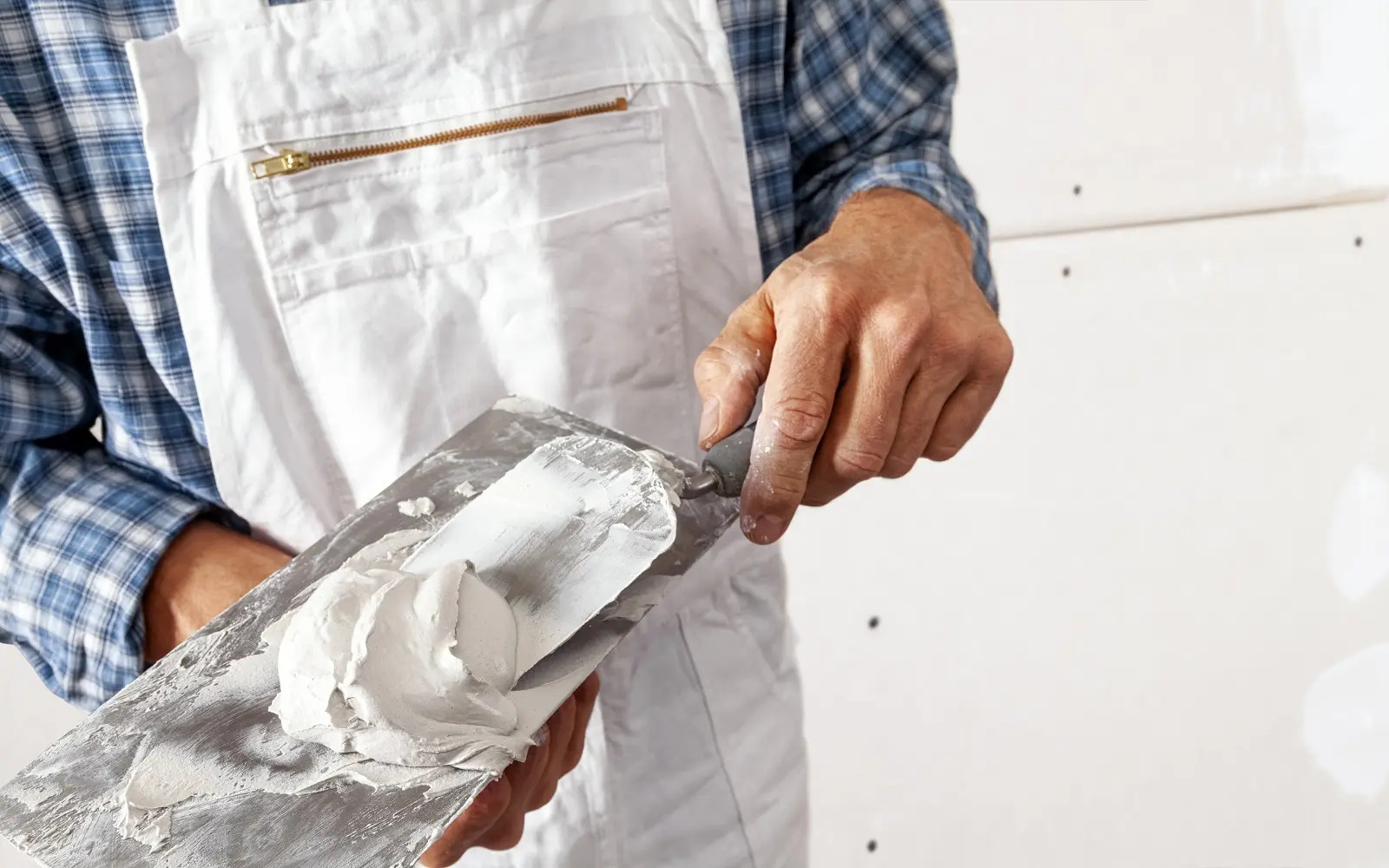
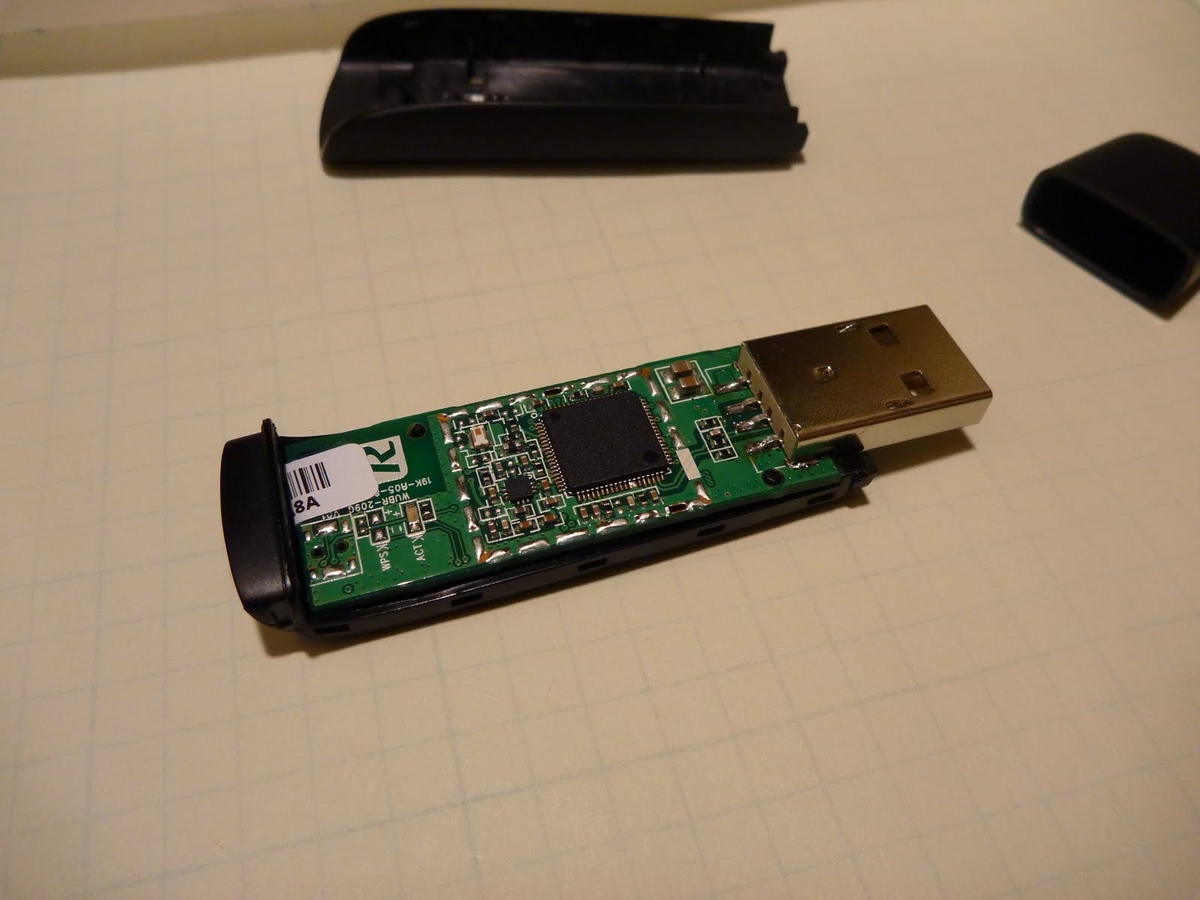
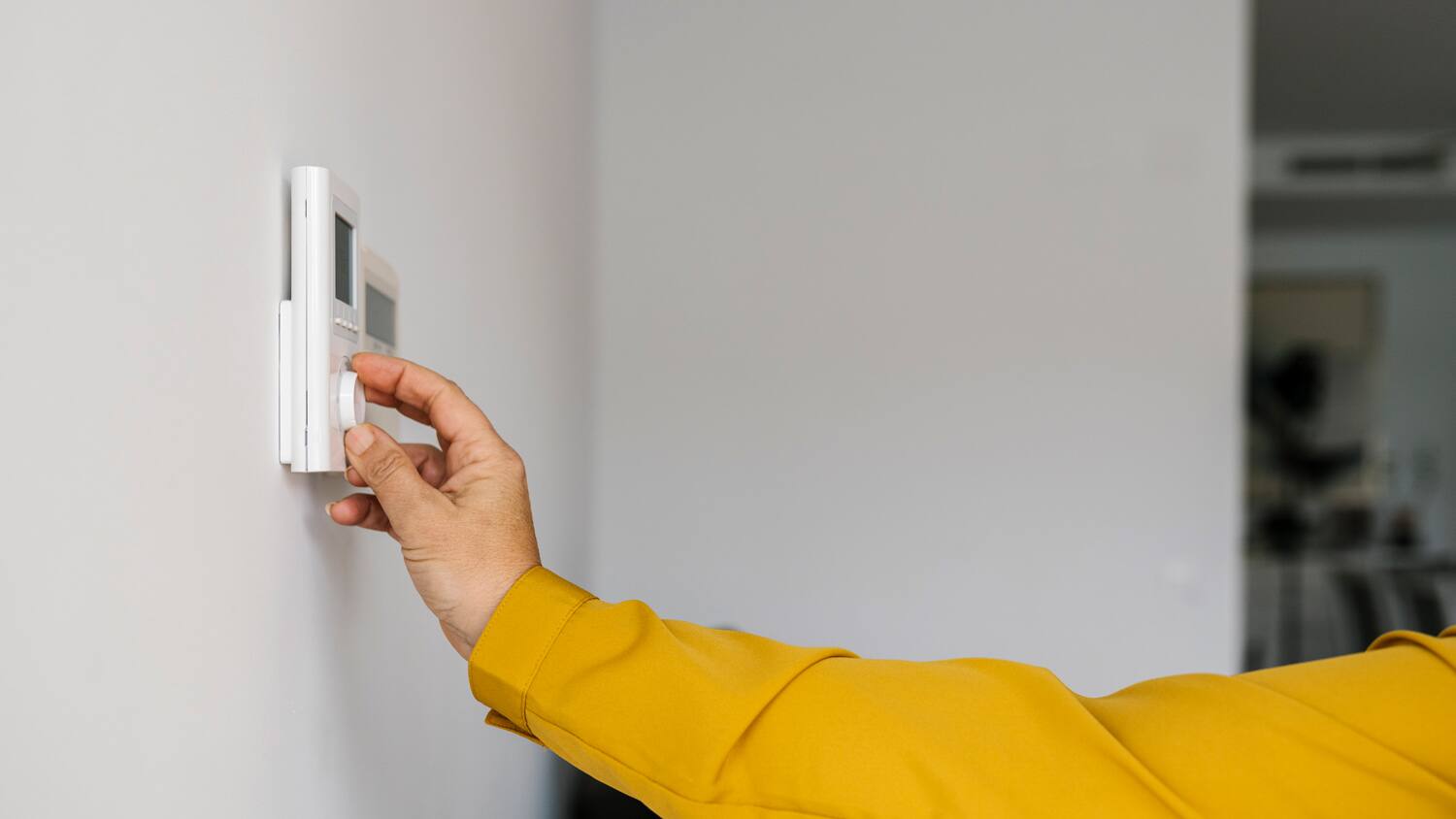
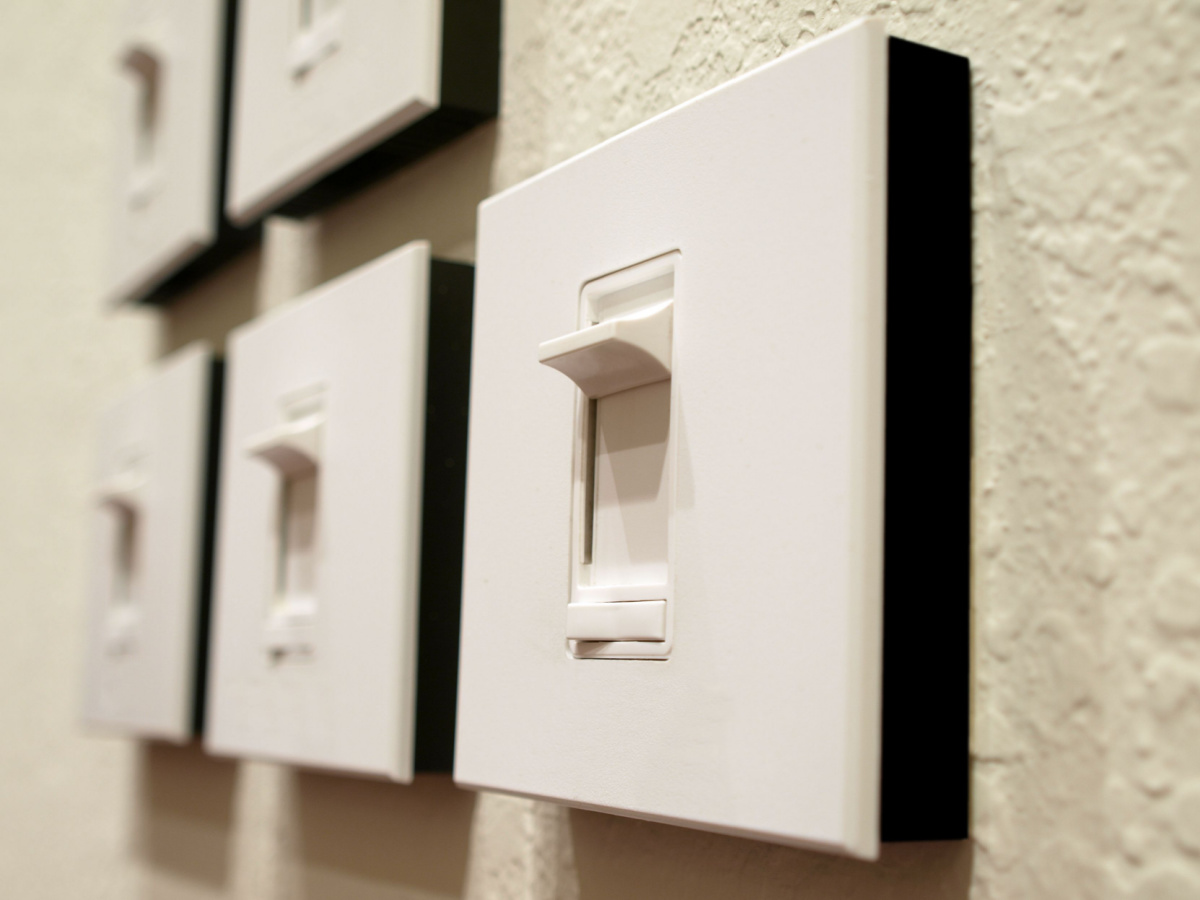
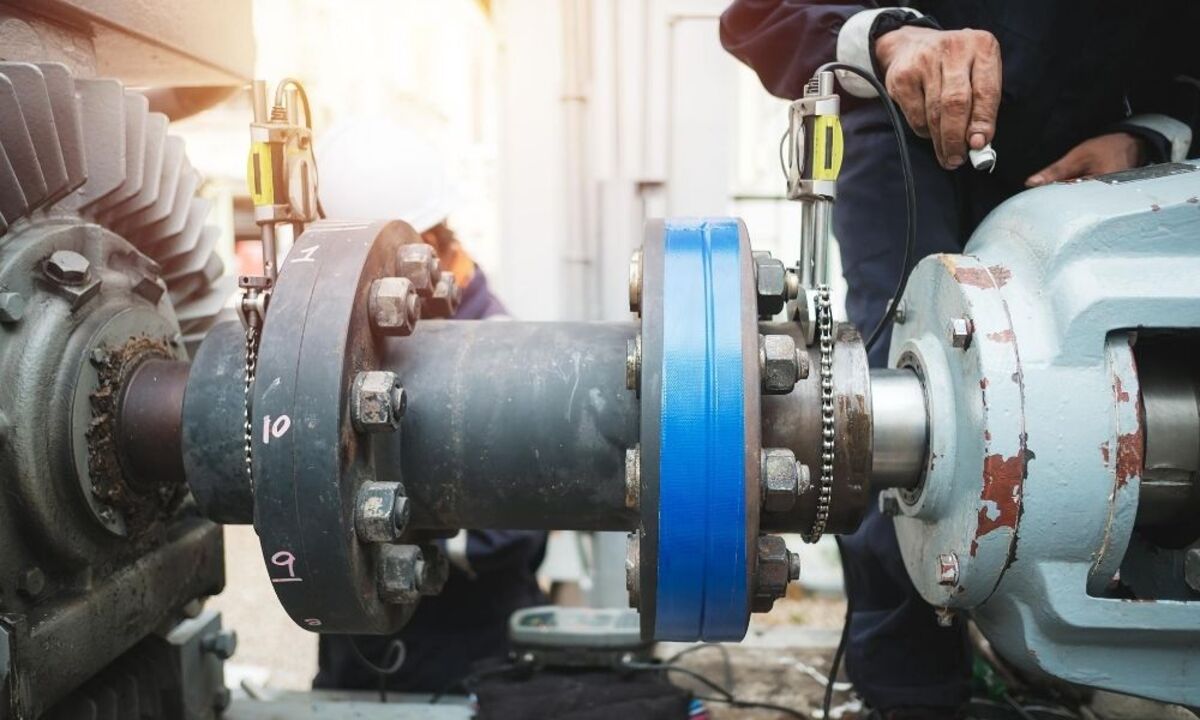

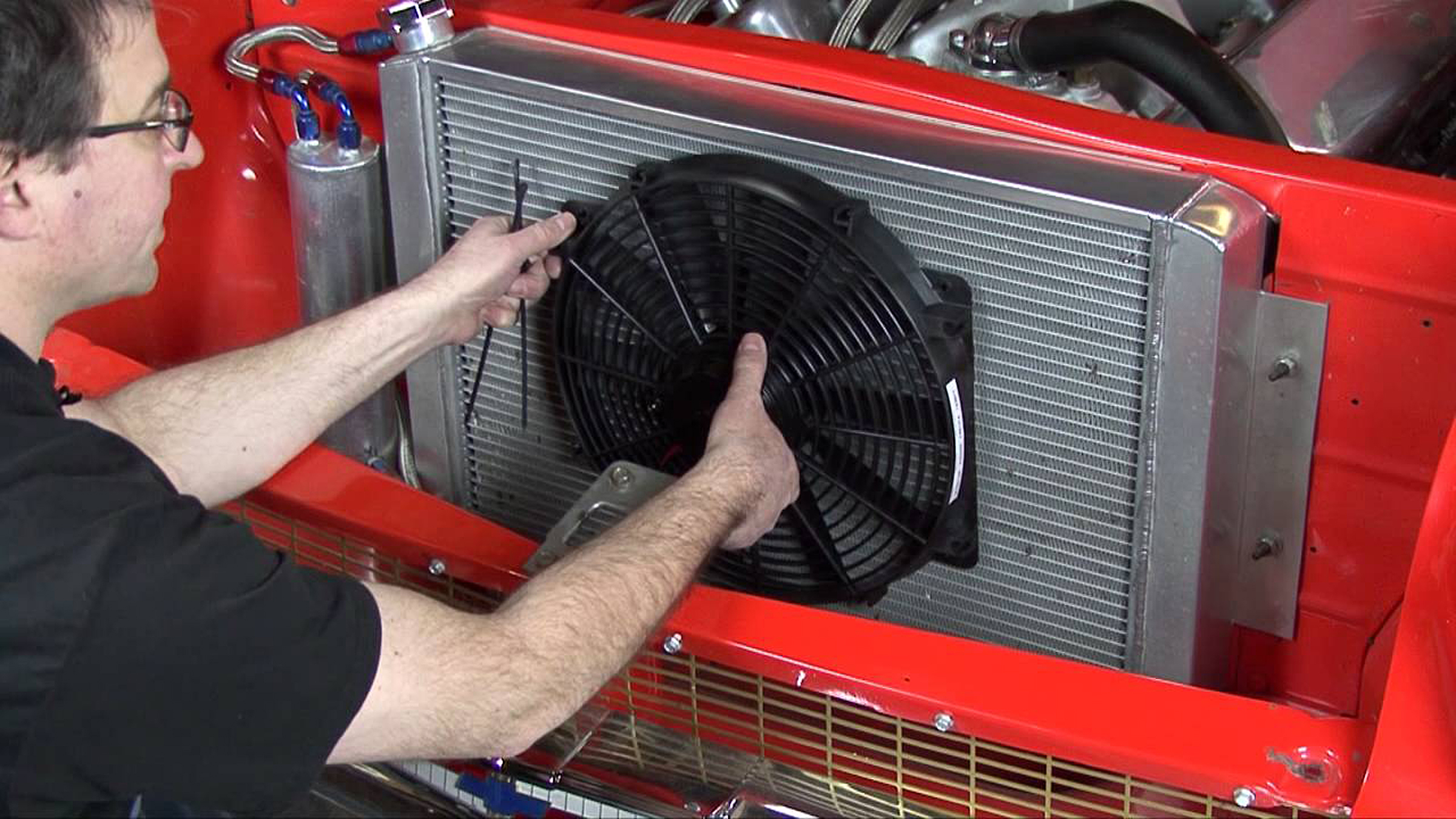
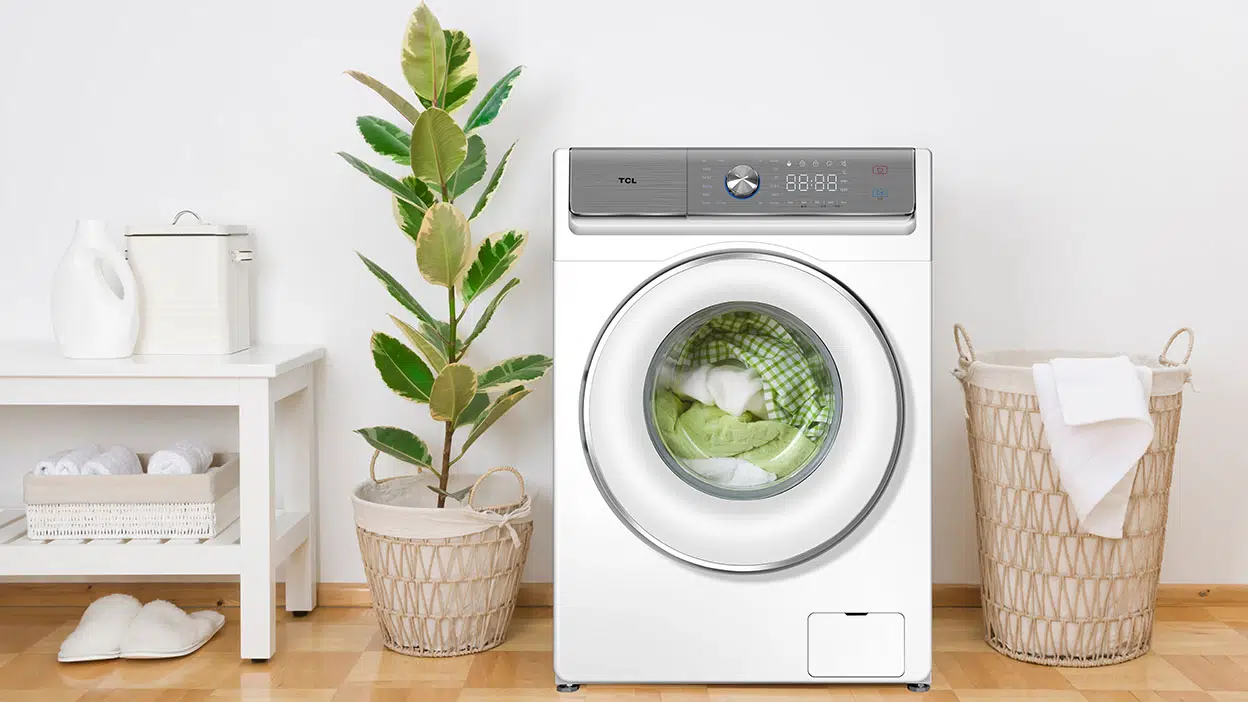
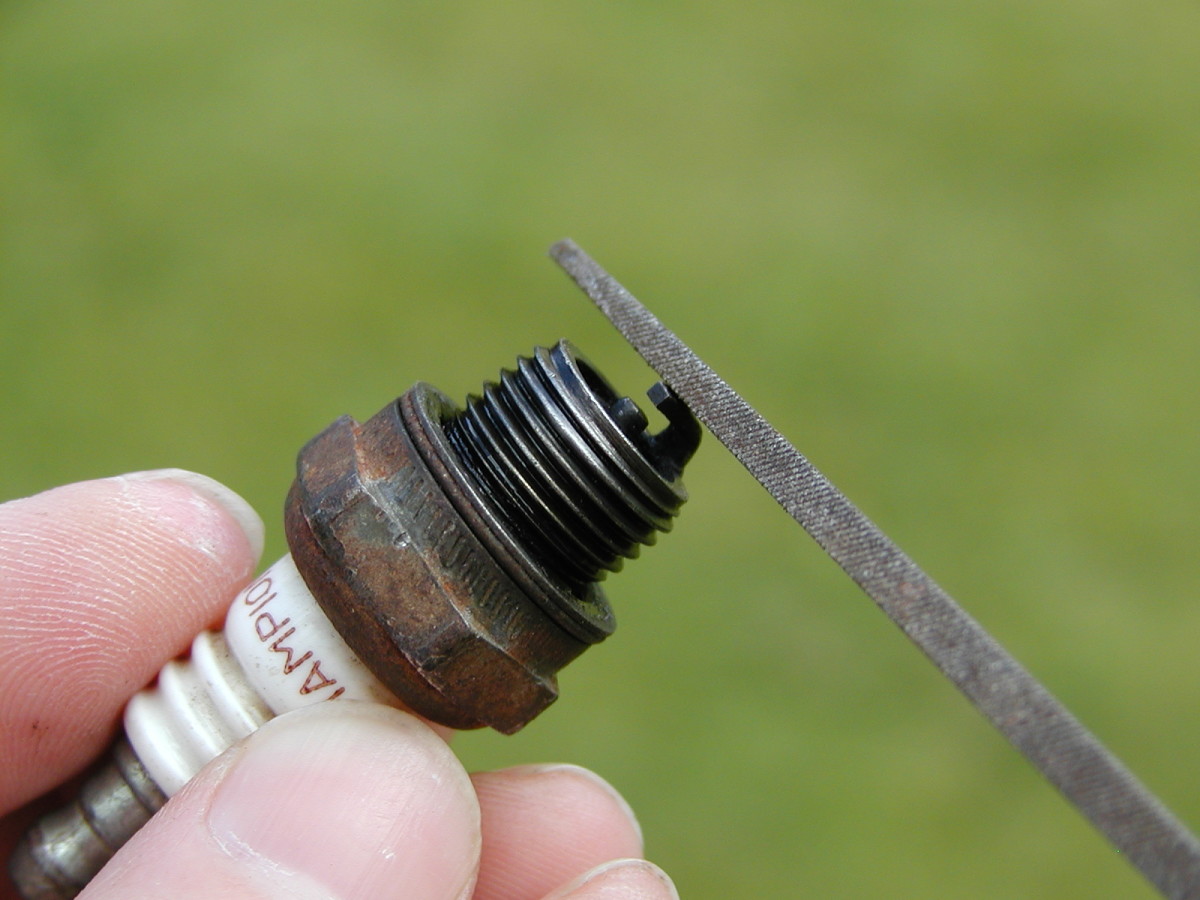

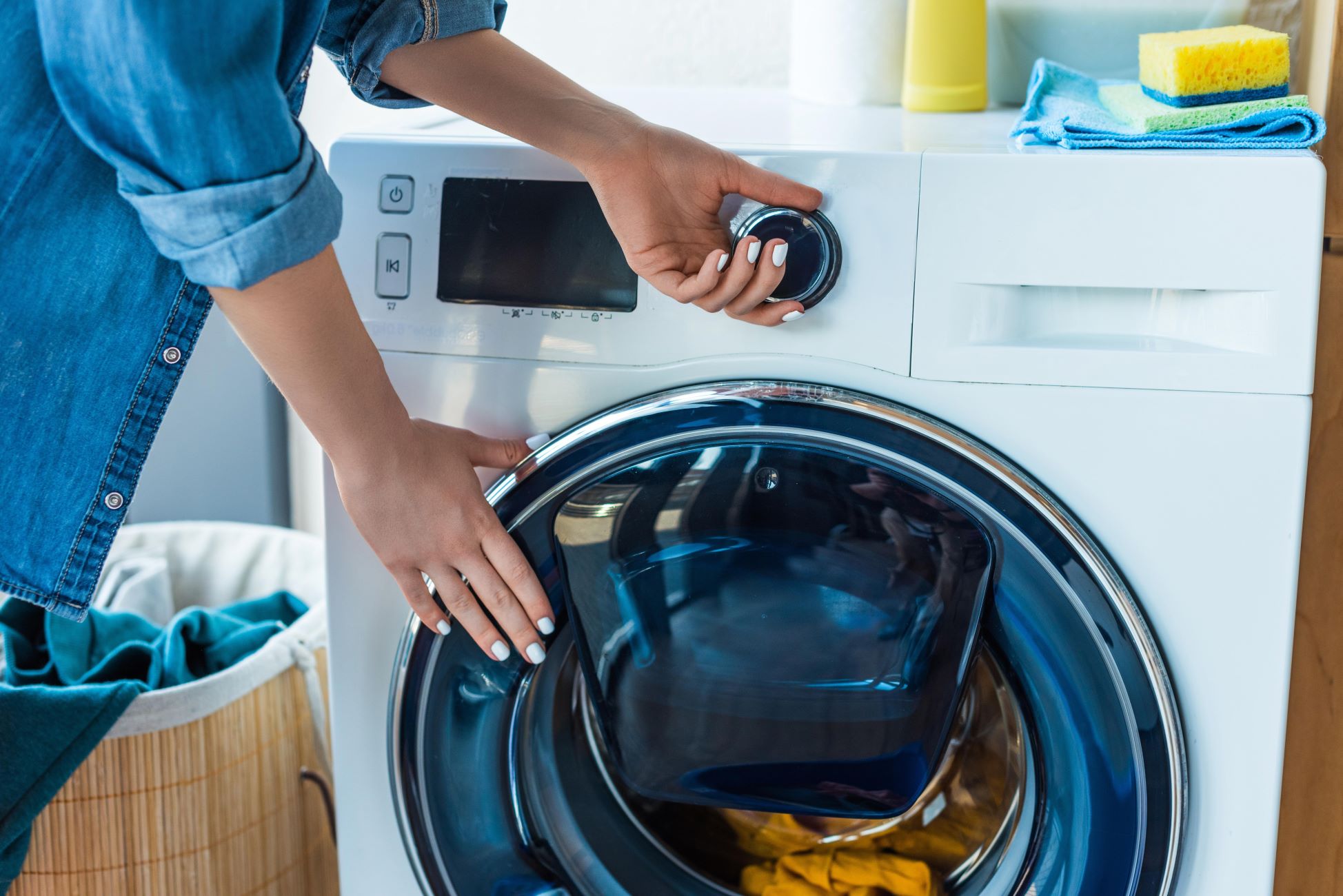
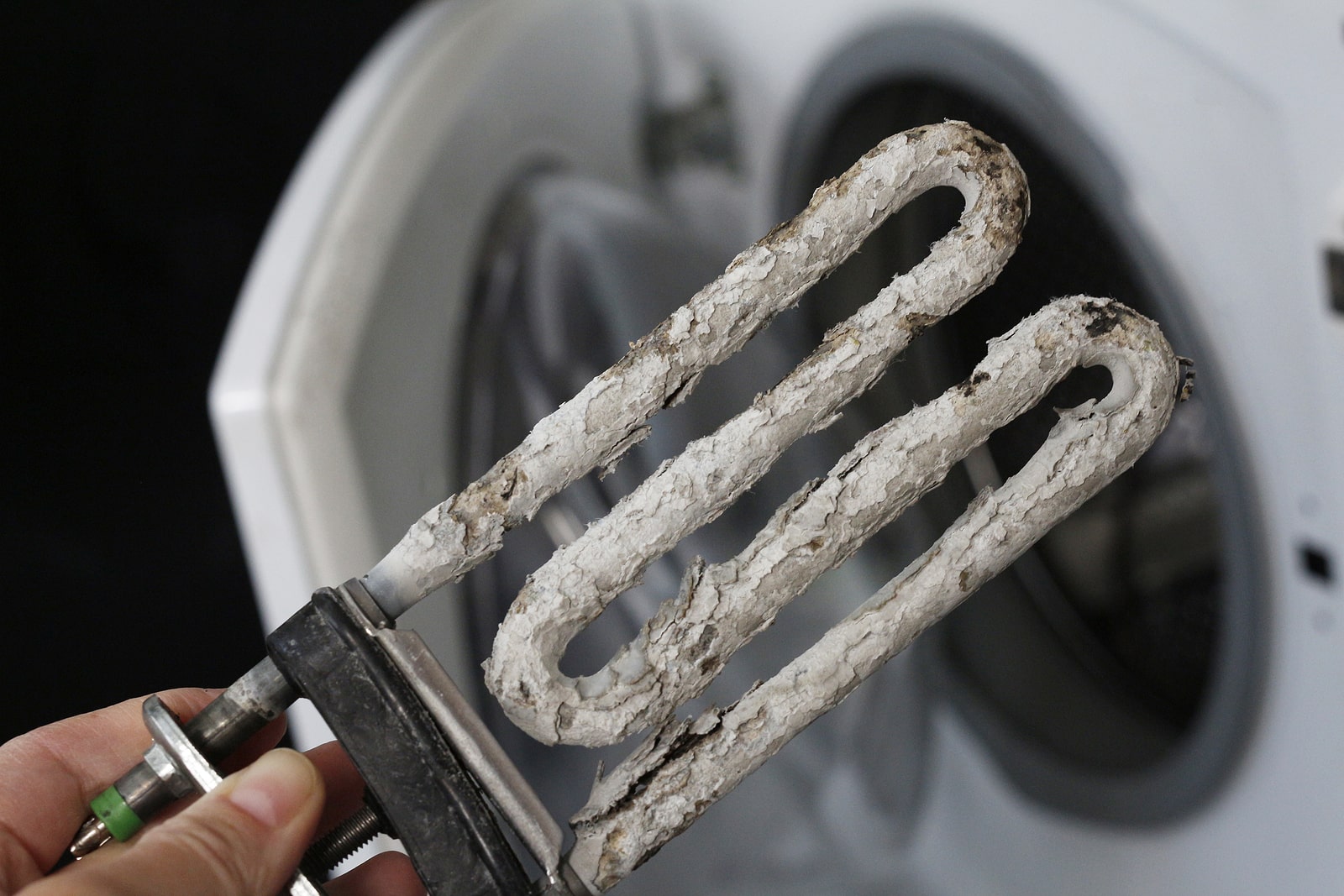
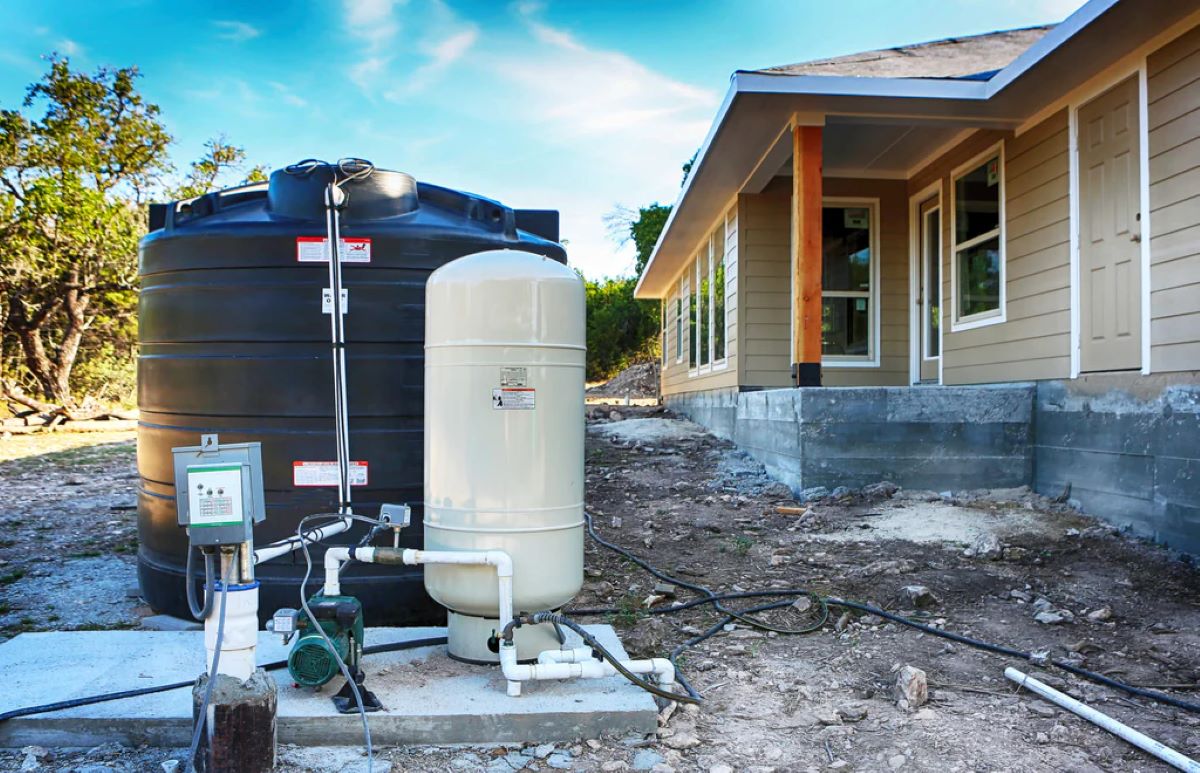

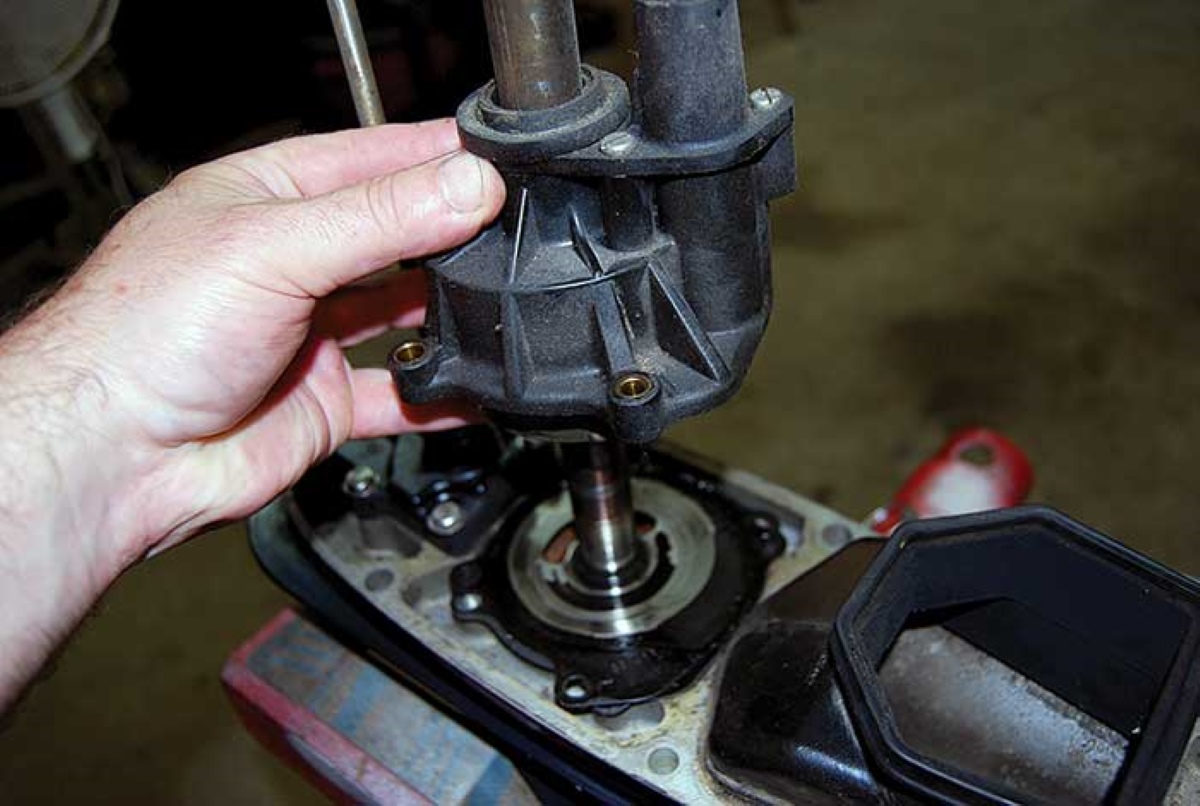

0 thoughts on “How To Tell If Washer Suspension Springs Are Bad”